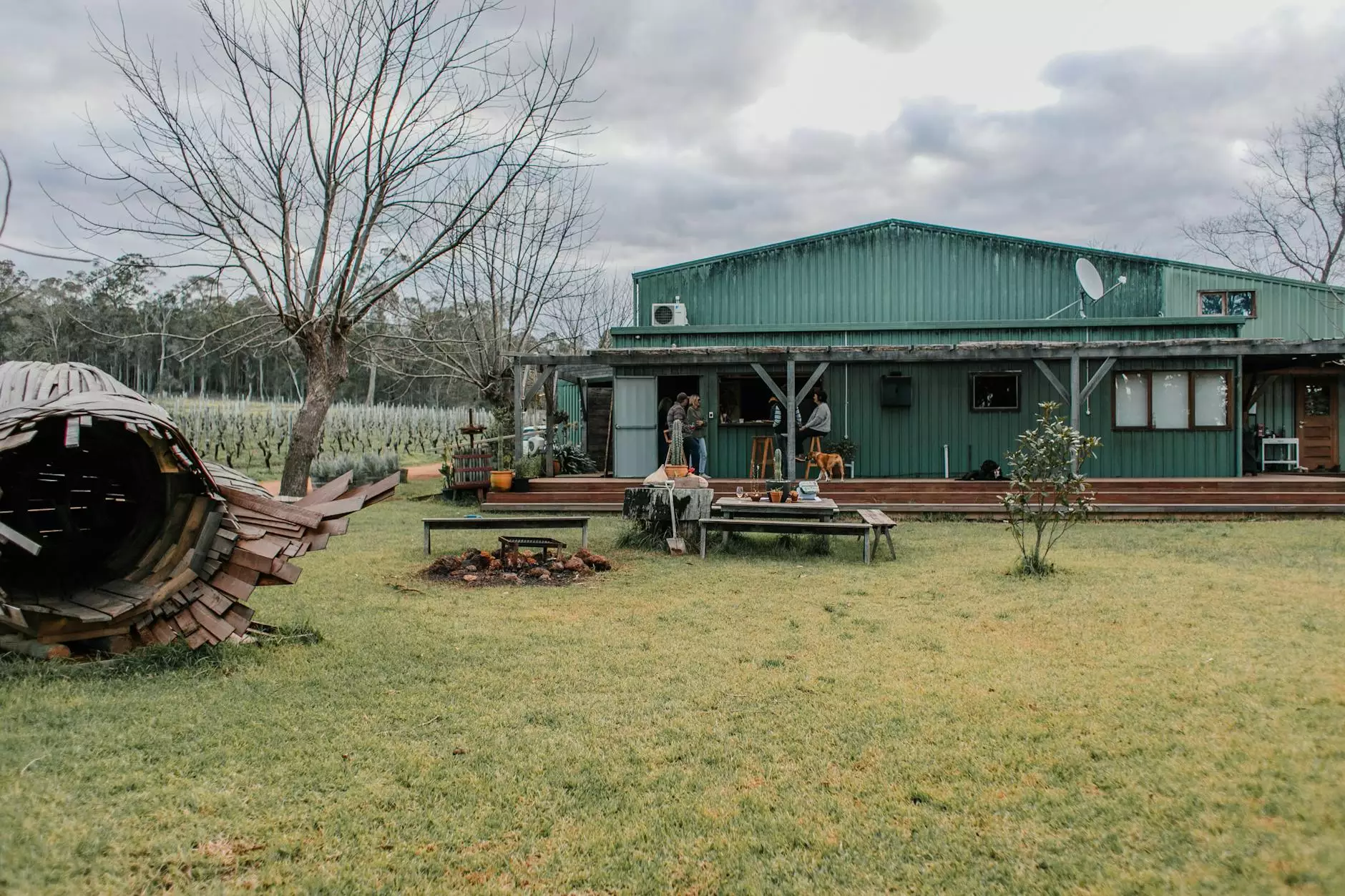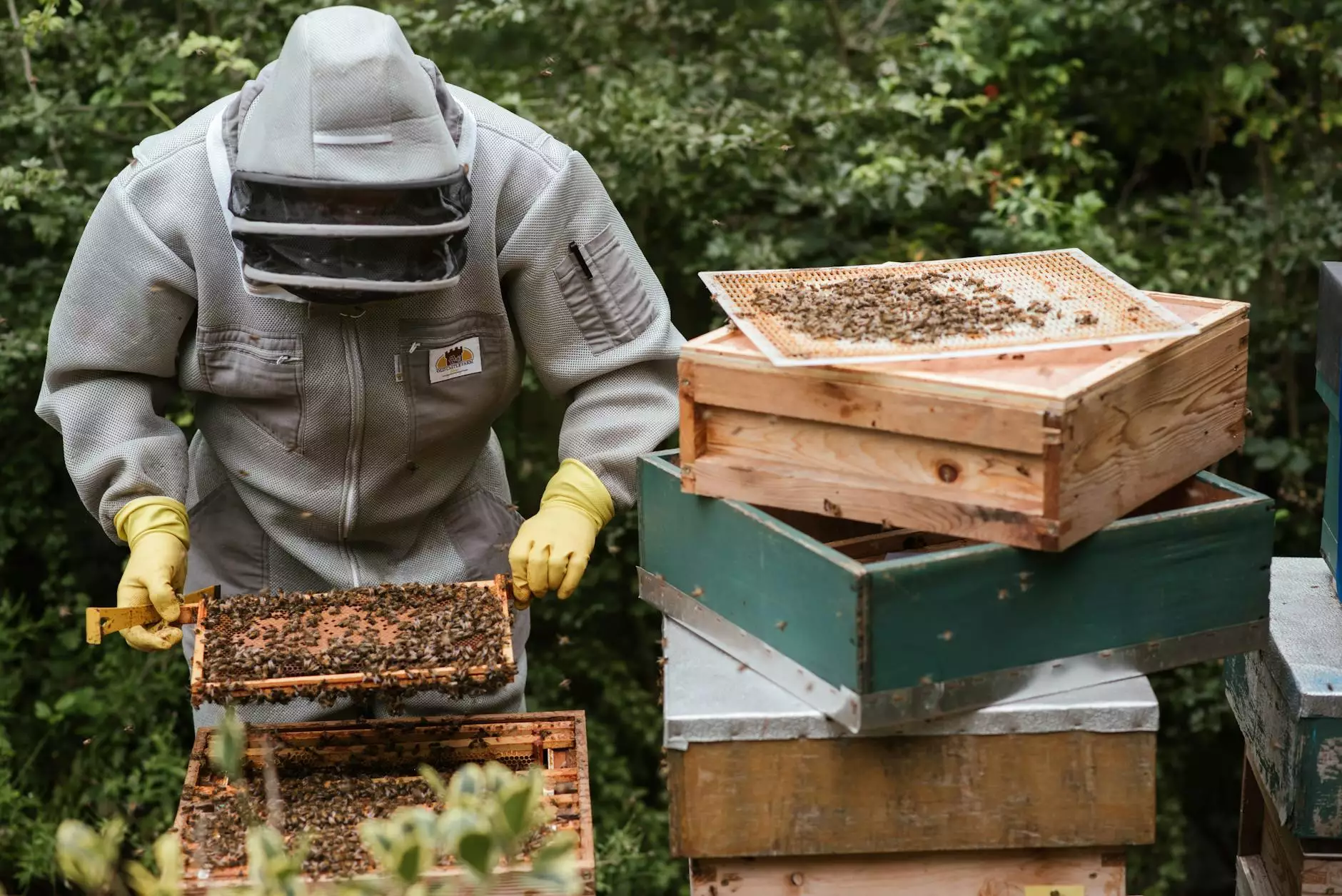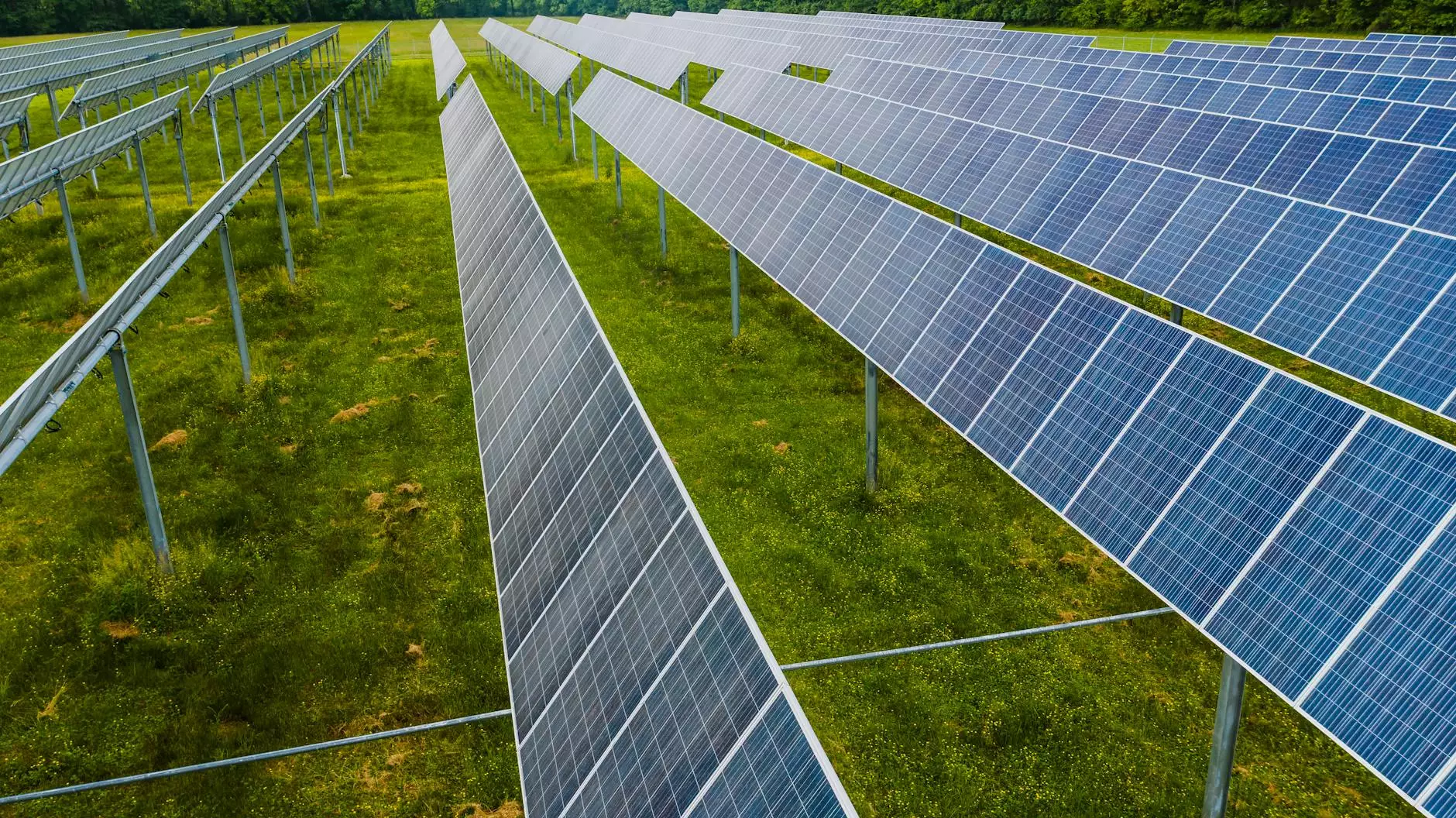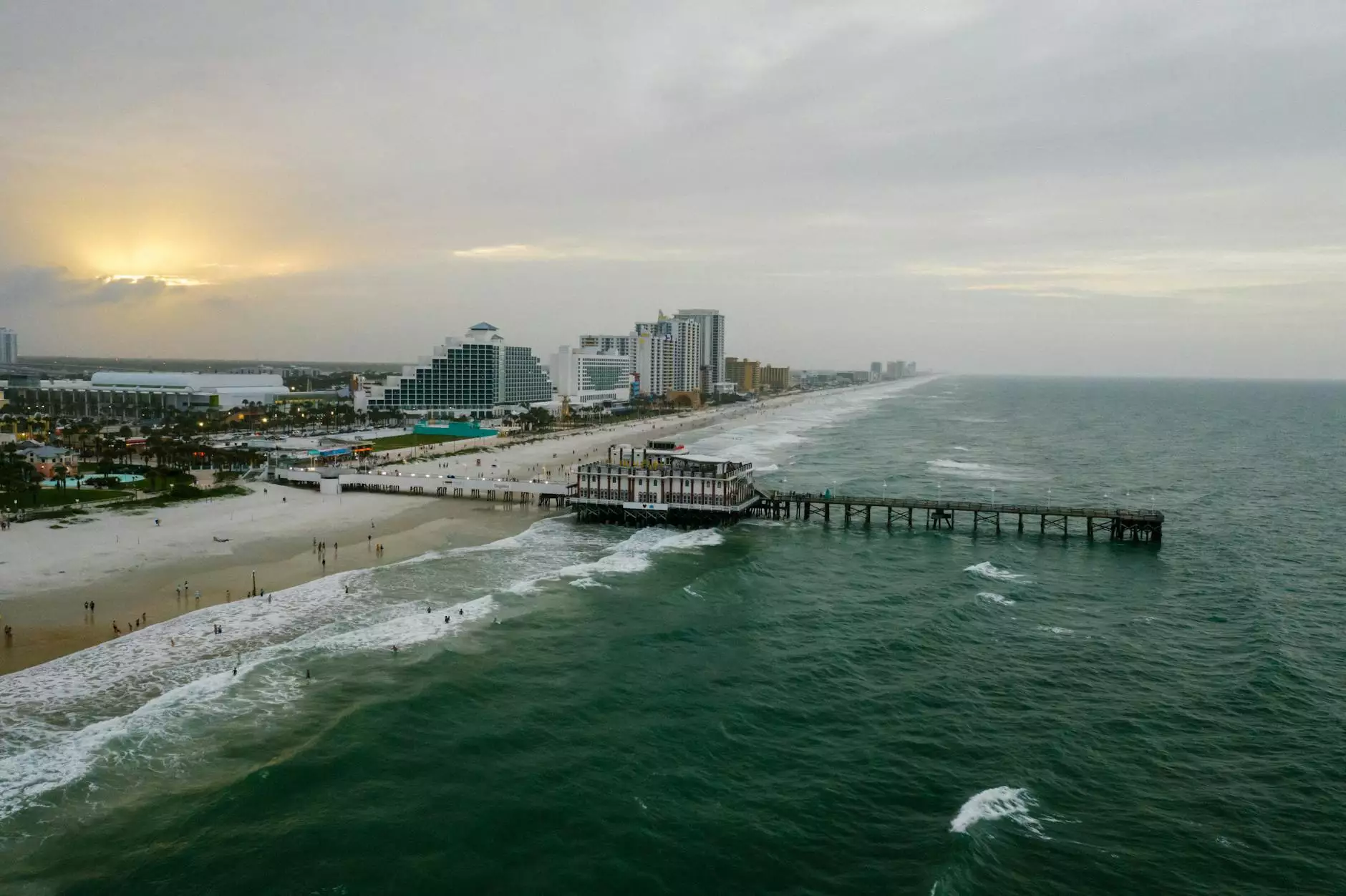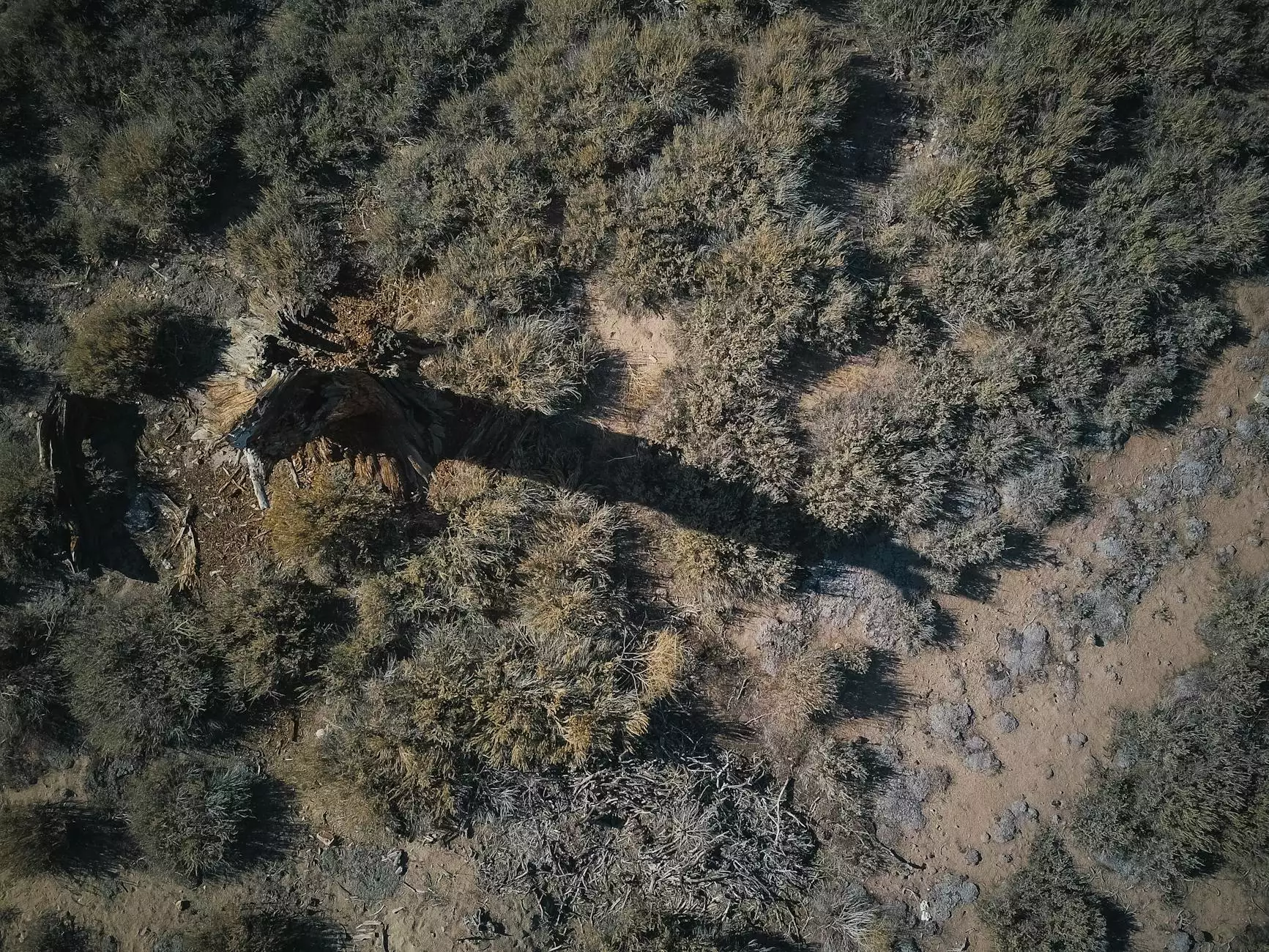What are the Synthetic Turf Infill Types?
Artificial Grass
Introduction:
Welcome to the informative guide on synthetic turf infill types provided by Metate Industrial Supply. If you're considering installing synthetic turf for your landscape, it's crucial to understand the various infill options available to ensure the best performance and longevity for your artificial grass. In this article, we will walk you through comprehensive details about different synthetic turf infill types and help you make an informed decision.
1. Crumb Rubber Infill:
Crumb rubber serves as a popular choice for synthetic turf infill due to its excellent shock-absorbing properties and ability to mimic the feel of natural grass. Made from recycled rubber tires, crumb rubber infill provides stability, cushioning, and enhances the overall durability of the synthetic turf. Additionally, it helps regulate temperature and moisture levels, allowing your artificial grass to function optimally in various climatic conditions.
2. Silica Sand Infill:
Silica sand infill is another commonly used type of infill within the synthetic turf industry. It offers excellent drainage capabilities, making it suitable for areas with heavy rainfall or high humidity. Silica sand provides stability to the artificial grass fibers, preventing matting and ensuring a natural-looking appearance. Additionally, it helps maintain dimensional stability, ensuring the surface remains even.
3. Acrylic Coated Sand Infill:
Acrylic coated sand infill is a premium option that combines the benefits of both crumb rubber and silica sand. The acrylic coating enhances the durability and UV resistance of the sand particles, extending the lifespan of your synthetic turf. It provides superior cushioning, reducing the risk of injuries during high-impact activities. Moreover, the acrylic coating helps prevent bacterial growth and odor, ensuring a hygienic playing surface.
4. Organic Infill:
If you prefer an eco-friendly alternative, organic infill is an excellent choice for your artificial grass installation. Made from natural materials such as coconut fibers, cork, or even crushed walnut shells, organic infill provides a safer and more sustainable option. It enhances shock absorption, reduces heat retention, and provides a natural aroma to your synthetic turf, adding to the overall sensory experience.
5. Zeolite Infill:
Zeolite infill is a popular choice for pet owners and areas prone to pet urine odor. This natural volcanic mineral has exceptional absorbing properties, reducing the ammonia smell associated with pet waste. Zeolite also helps regulate moisture levels, preventing the growth of bacteria and fungi, and ensures a cleaner and fresher synthetic turf. Its unique molecular structure makes it an effective and long-lasting infill option.
Conclusion:
Choosing the right synthetic turf infill is crucial to ensure the longevity, performance, and safety of your artificial grass. Metate Industrial Supply offers a comprehensive selection of high-quality synthetic turf infill to suit your specific needs. Whether you prioritize shock absorption, drainage, eco-friendliness, or pet odor control, our range of infill types can meet your requirements. Make an informed decision by considering the characteristics and benefits of each infill type. Contact us today to explore our synthetic turf infill options and enhance your landscaping project!


